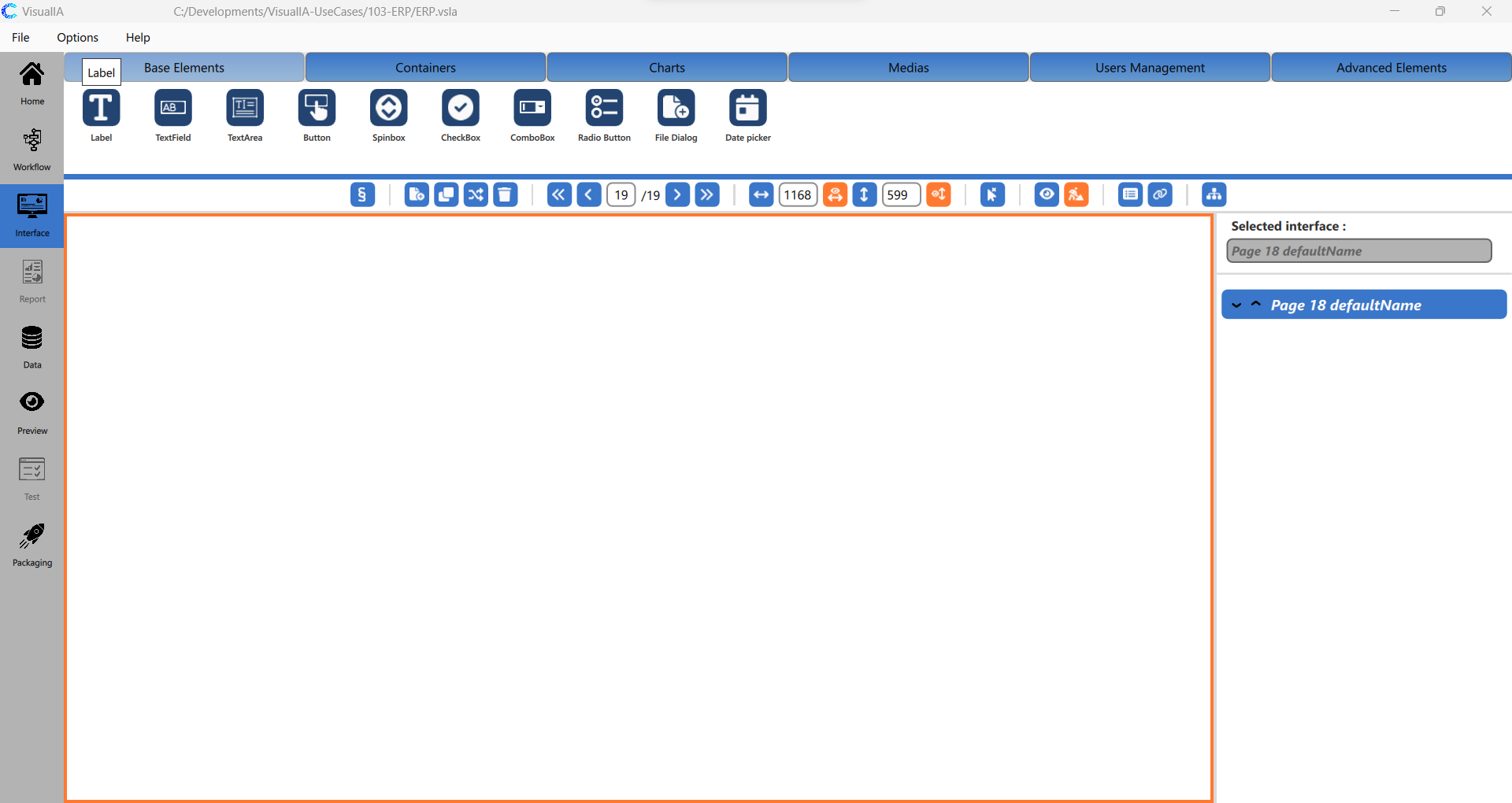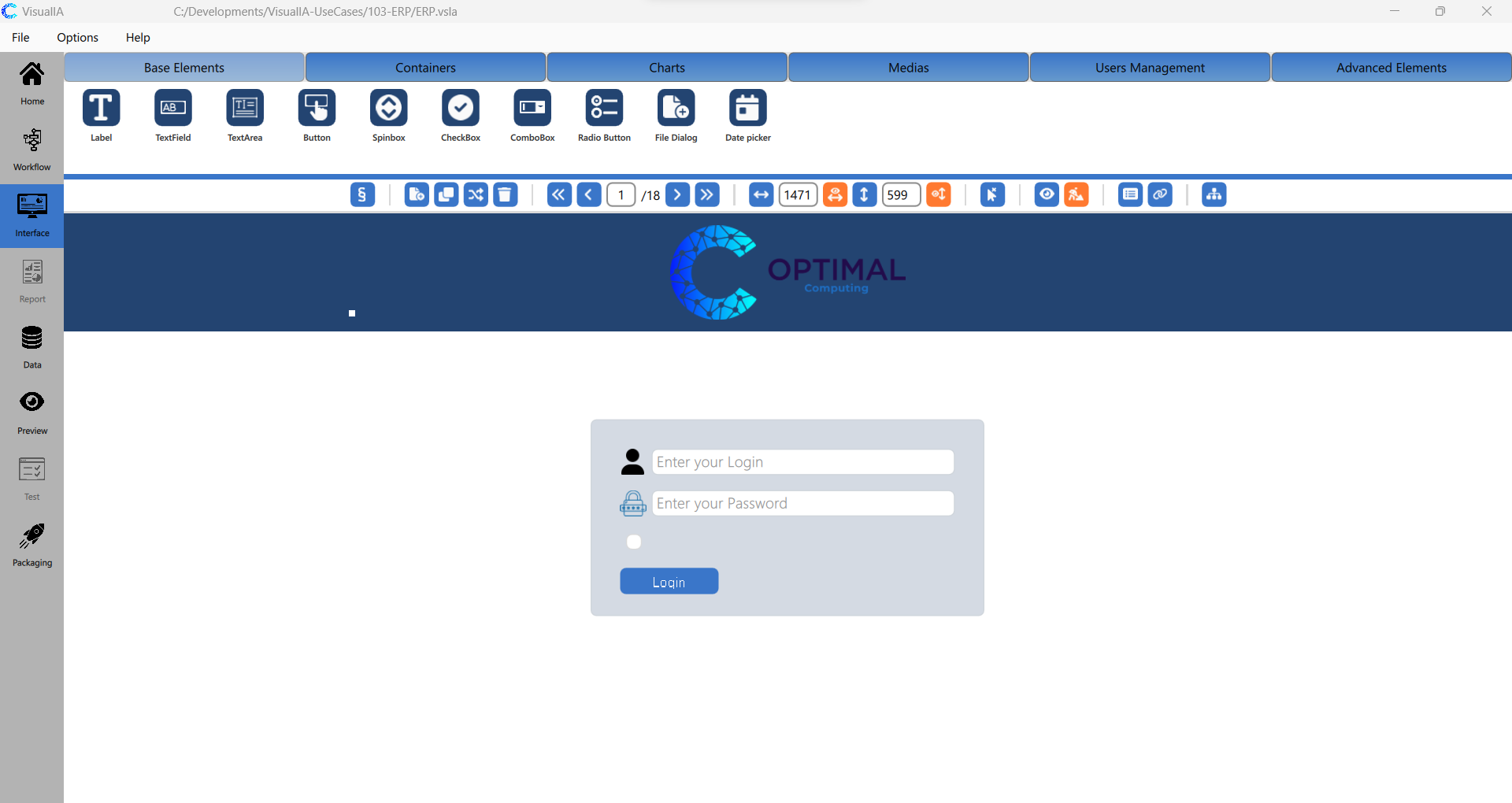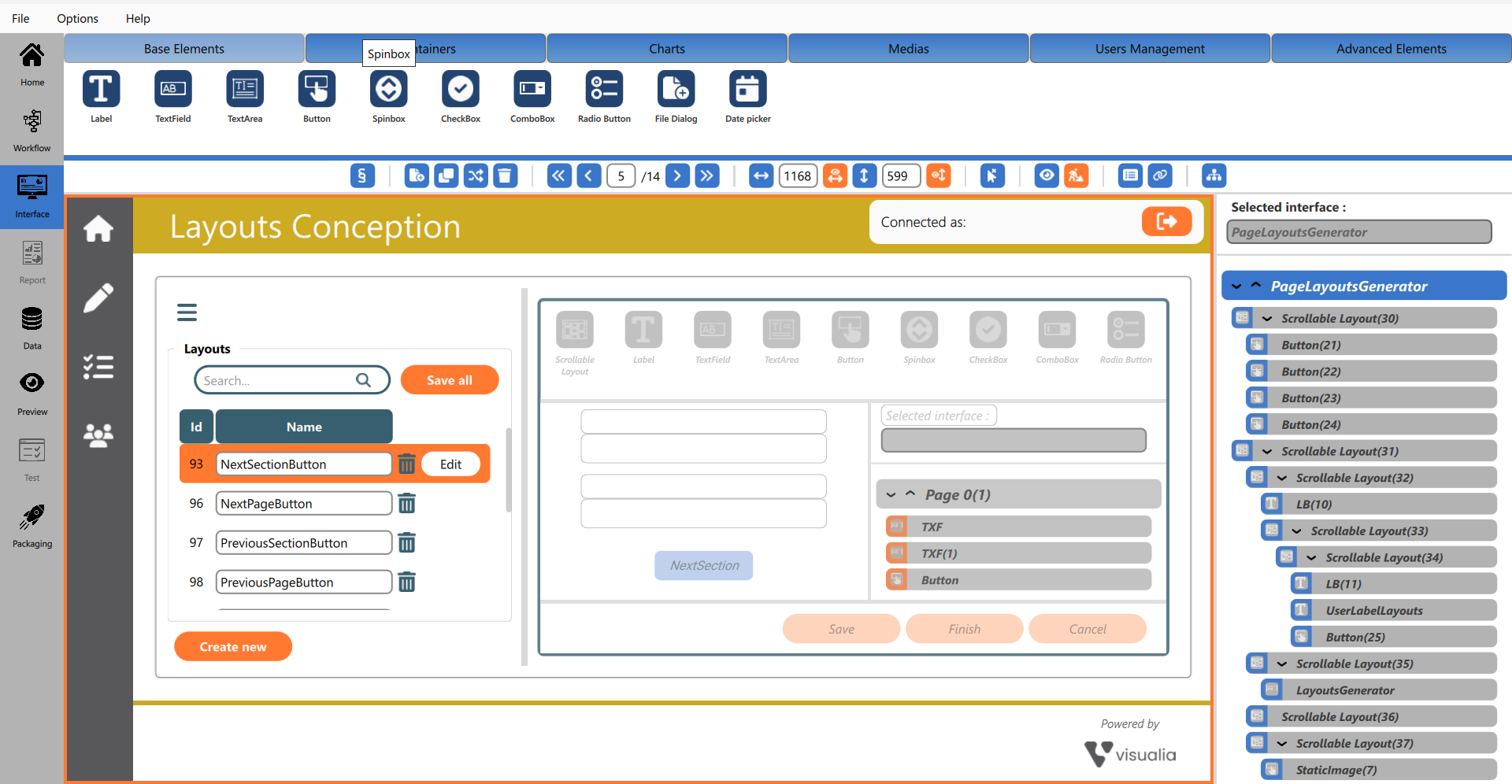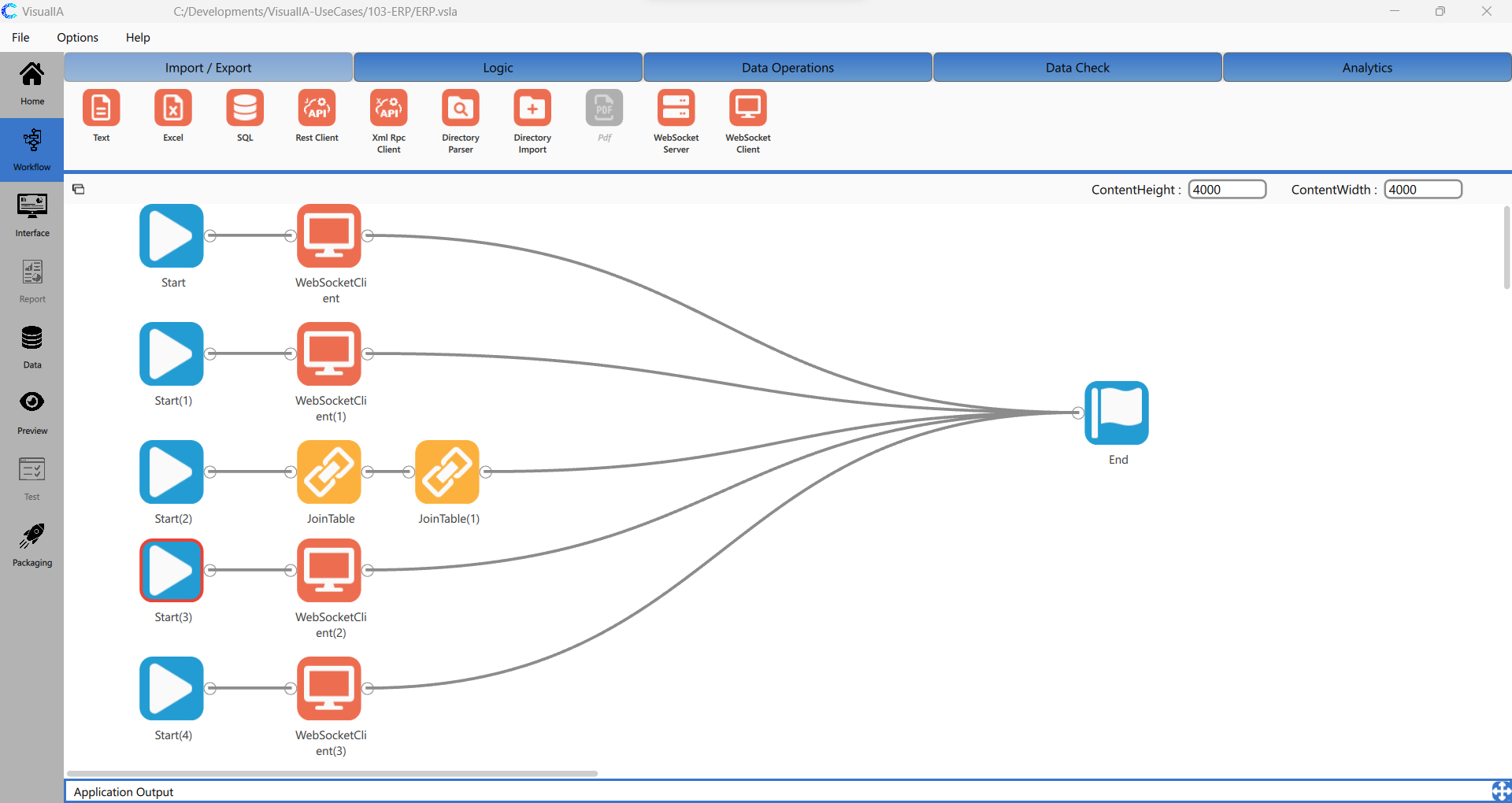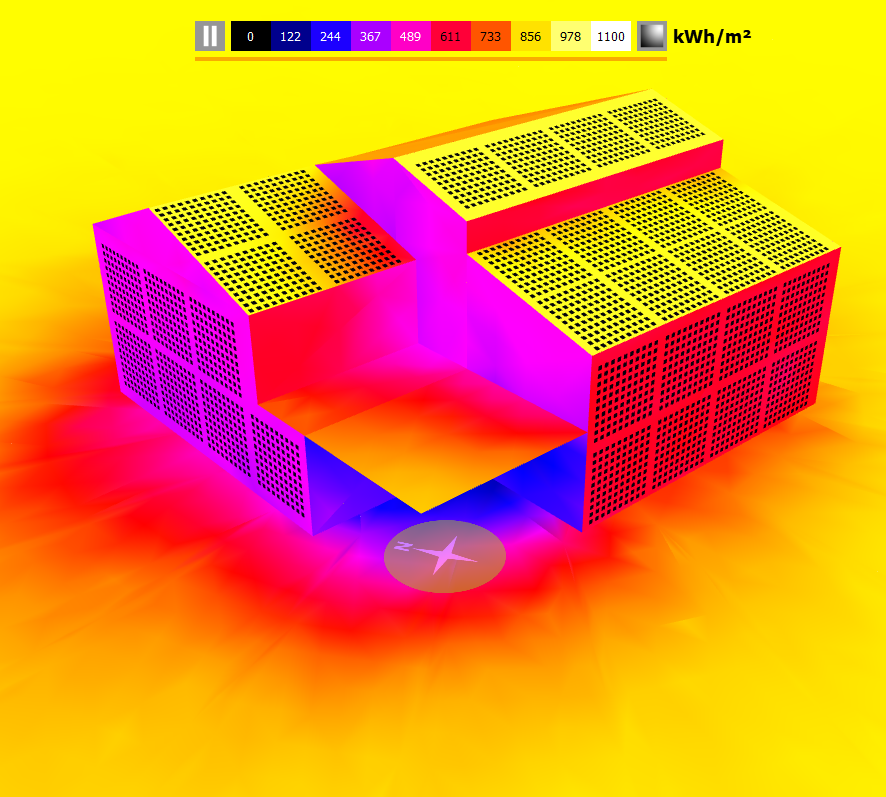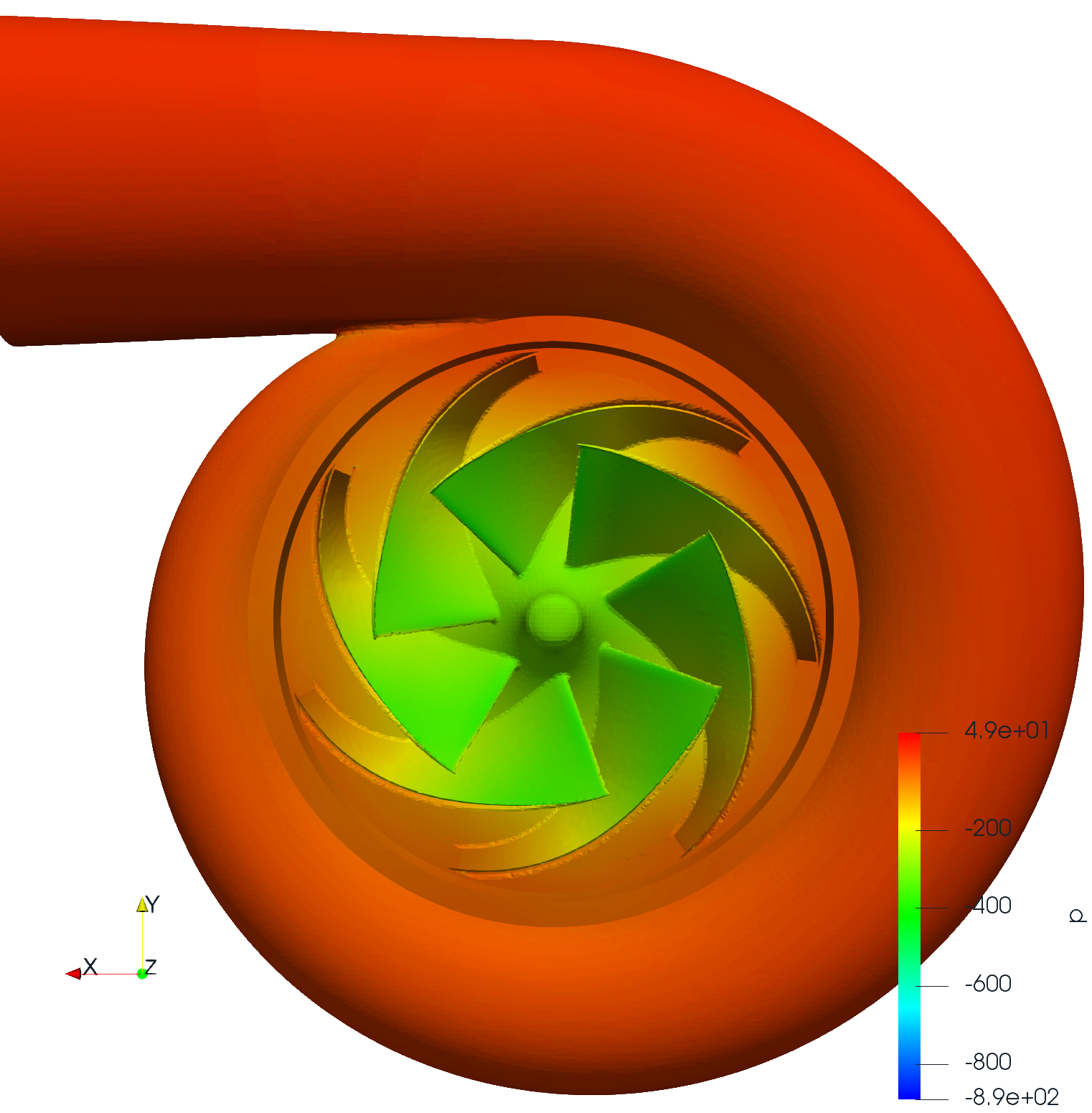Digitalize 10 times faster
with our low-code platform

What is low-code?
Low-code is a revolutionary approach to build your business application. It allows a faster, more efficient way to build your software. Low-code uses a visual approach to drag-and-drop pre-coded blocks, therefore reducing the need to write code. Moreover, our approach allows to build an app once and deploy it on multiple systems: Windows, macOS, iOS, Android and Web.
Accelerate the application development cycle
As no coding is required, you can drag / drop / configure interface components and automate data collection without coding.
Drastically enhance accessibility
As no coding is required, you don’t need to be an experienced developer to develop and maintain an application.
Rapidly deploy cross-platform
Directly deploying your app across platforms : Windows, Android mobile, iOS, MacOSX, Web.
Featured Work
Uncover the magic behind our image detection algorithms, designed to push the boundaries of visual recognition technology. Discover how we’re reshaping the future of image analysis.
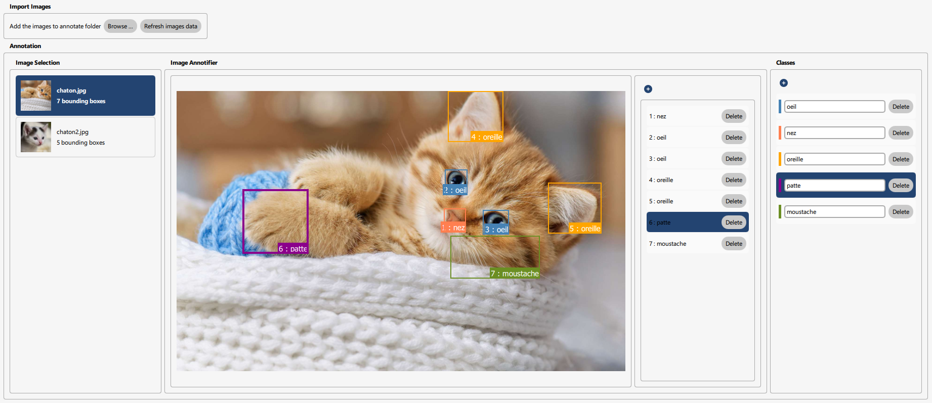
Discover our groundbreaking projects where we optimize costs for Building Integrated Photovoltaic (BIPV) systems while revolutionizing sustainable energy solutions. Our forecasting methodologies also empower businesses to efficiently manage energy consumption, ensuring effective resource utilization.
